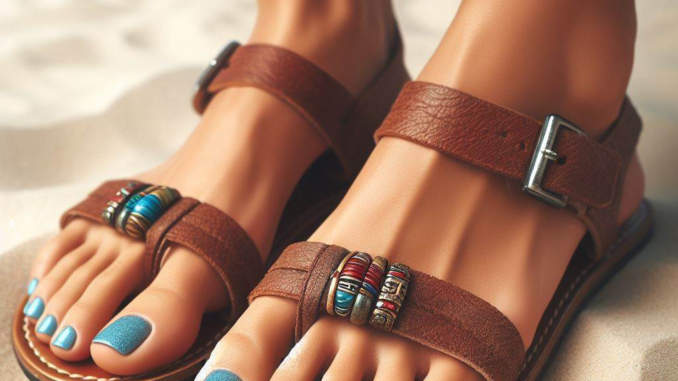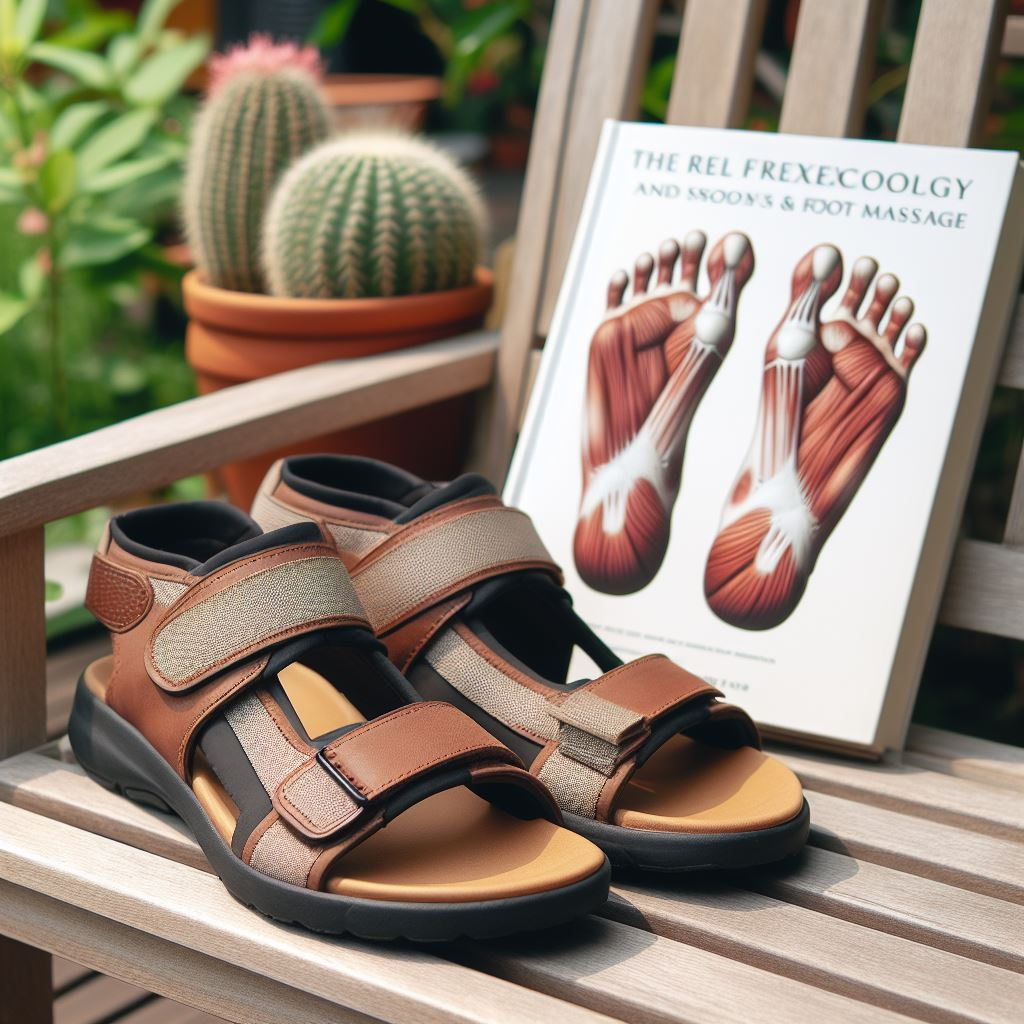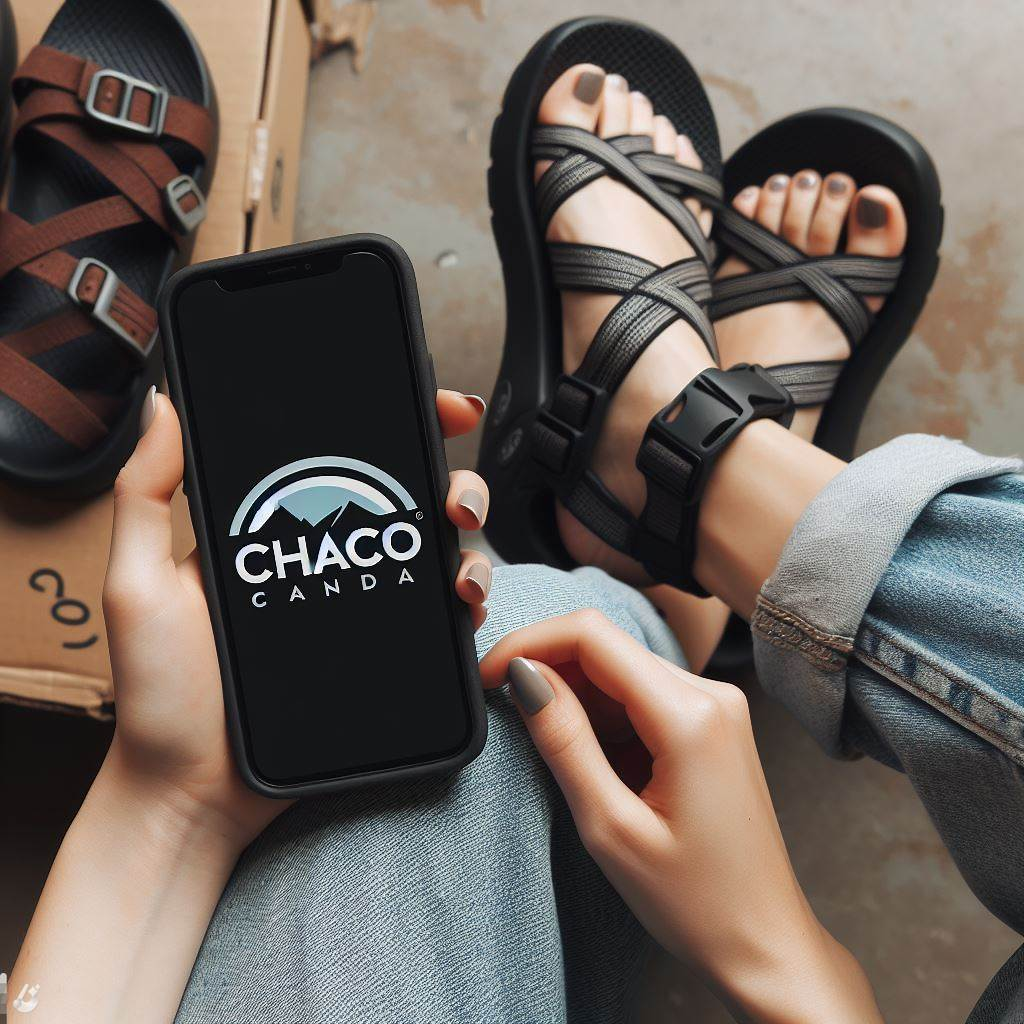
Is it better for sandals to be tight or loose? Crucial for Comfort and Health
When I’m picking out sandals, the most important thing for me is getting the right fit. Not just for comfort, but because it really impacts the overall health of my feet. Wearing sandals that fit me properly helps prevent all kinds of foot problems I could get, makes it easier for me to move around, and means I don’t have to deal with any discomfort or pain when I’m wearing them and being active.
Why Proper Fit Matters for My Foot Health
Getting sandals that fit just right is so important because of how directly it affects the health of my feet. Ill-fitting sandals can lead to issues like blisters, calluses, and even more serious foot deformities over time if I wear them a lot. But sandals that fit my feet nicely support my foot’s natural structure, spread out weight evenly across my feet, and reduce the strain on my feet, ankles, and legs.
Finding Comfort: The Key to My Daily Activities
Being comfortable in my sandals goes hand-in-hand with getting the right fit. Sandals that fit my feet well make it easy for me to do all my daily activities, from walking around to running errands. They should feel like a natural extension of my feet, giving me support without squeezing my feet or letting them slide around too much.
What I Look for in Comfortable Sandals
There are a few key things that contribute to sandals being comfy for me, including the material, design, and most importantly, the fit. When I try on sandals, I pay close attention to how they make my feet feel. They shouldn’t cause any discomfort, pinching, or rubbing on my skin.
How Both Tight and Loose Sandals Can Hurt My Feet
Wearing sandals that don’t fit me right can really mess up my feet and cause other issues too. Both sandals that are too tight and too loose give me problems, just in different ways.
Tight Sandals: A Fast Path to Discomfort and Injury for Me
Sandals that are too tight squeeze my feet, cutting off blood flow and pinching nerves. This can lead to all kinds of foot problems for me, including bunions, hammertoes, and blisters. The constant pressure and lack of room to move properly in tight sandals also cause me a lot of discomfort and can do long-term damage to the structure of my feet.
The Risks I Face with Tight Sandals
Wearing tight sandals has risks beyond just immediate discomfort for me. Over time, they can actually change the shape of my feet, leading to chronic pain and mobility problems. Tight sandals can also make any foot issues I already have even worse.
Loose Sandals: A Recipe for Instability and Accidents for Me
On the other hand, sandals that are too loose come with their own problems. They often make me walk in an unnatural way, since my foot is sliding around inside the sandal. This can make me more likely to trip or fall and hurt myself. Plus, loose sandals put a strain on certain parts of my feet as they try to compensate for the lack of stability, leading to pain and soreness over time.
How Loose Sandals Mess with My Walk
Wearing loose sandals really affects the way I walk, leading to an altered gait that can throw off my posture and alignment. I have to constantly work to keep the sandals on my feet, which can strain my muscles and make me tired. This shows why it’s so important to get sandals that fit me correctly.
Why Proper Sandal Fit Matters to Me
Getting the right fit in sandals isn’t just about being comfortable – it’s critical for keeping my feet healthy. A good fit supports my feet’s natural shape and function, so I can move around comfortably without causing any harm or soreness.
Understanding My Feet and How Sandals Should Fit
The human foot has a complex structure meant to provide support, mobility, and balance. My sandals should work with this natural design, giving support where I need it most – around the arches, heels, and balls of my feet. Well-fitted sandals help distribute my weight evenly across my feet, reducing stress on any one part.
Why Arch Support Matters in My Sandals
Having adequate arch support in my sandals is really important for preventing foot pain and soreness. This includes arch support if I have flat feet or high arches, and a cushioned sole to absorb shock. My sandals’ fit and design should give me a stable base that moves with my foot, rather than restricting or changing its natural motion.
What I Look for in Well-Fitting Sandals
When I’m picking out sandals, I look for certain features that indicate a good fit:
- Adjustable straps so I can customize the fit for my foot shape.
- Contoured footbeds that match my natural arch.
- Enough room in the toe box so my toes aren’t cramped.
Why I Avoid Tight Sandals
While snug sandals seem like they’d stay on better, tight ones can cause all kinds of problems for my feet – from minor issues to serious health concerns.
Bunions and Hammertoes: A Risk for Me
Tight sandals often put too much pressure on the sides of my feet, which can lead to developing painful bunions at the base of my big toe. Similarly, hammertoes can happen when my toes are forced into a bent position for too long, something restrictive shoes make worse.
Blisters and Calluses: A Painful Problem
The constant rubbing and pressure from tight sandals can thicken and harden my skin into calluses or form agonizing blisters. These not only hurt but can also get infected if I don’t treat them.
Circulation and Nerve Issues: A Serious Concern
Tight sandals can reduce blood flow to my feet, causing decreased circulation. Over time, this can lead to numbness, tingling, and even nerve damage called peripheral neuropathy. This really worries me since I already have some circulatory problems.
How I Avoid the Risks of Tight Sandals
To reduce the risks from tight sandals, I’m careful to pick ones that fit right without squeezing or putting pressure on any part of my feet. I pay close attention to the width and depth of the sandal, and always choose adjustable features so I can get a customized fit.
Why I’m Wary of Loose Sandals Too
While I know tight sandals can hurt my feet, loose ones preocupat me too. The lack of proper support and stability in loose sandals can cause all kinds of other problems affecting my foot health and ability to walk normally.
Increased Fall Risk: A Major Concern of Mine
Loose sandals often make me feel off-balance, greatly increasing my chances of tripping or falling. This really worries me since a bad fall on uneven ground could lead to serious injuries. Properly fitted sandals hold my feet securely in place to prevent slippage.
Foot Strain: An Issue for Me
When my sandals are loose, my foot can slide around with each step I take, leading to improper alignment. This misalignment strains the muscles and ligaments in my feet and legs, causing soreness and potentially longer-term problems. Supportive shoes that fit right are essential to maintain good alignment and avoid unnecessary strain.
Uneven Wear: A Hassle I’d Like to Avoid
Loose sandals tend to wear out unevenly as my foot shifts inside them. Not only does this look bad, but it shortens how long they last, meaning I have to replace them more often. A snug fit helps ensure the sandals wear evenly and have a longer lifespan.
How I Avoid the Downsides of Loose Sandals
To prevent issues from loose sandals, I look for pairs with adjustable straps I can tighten for a more secure fit. If they don’t have adjustable straps, I’ll add adhesive heel grips to stop my foot sliding out. Heel grips also reduce blisters by minimizing friction.
Finding the Perfect Sandal Fit for Me
Getting the ideal sandal fit involves more than just my shoe size – it requires understanding my foot shape, the sandal design, and how they work together for comfort and support.
Measuring My Feet Accurately
I start by carefully measuring both the length and width of my feet. Both dimensions are critical for finding sandals that fit great. My feet change size over time, so I make sure to remeasure them periodically, especially before buying new sandals.
Considering My Foot Width and Arch Type
Knowing my foot width and arch shape is vital for picking sandals with the right support. If I have wide feet or need specific arch support, I may need sandals designed for those needs.
Checking for Enough Toe Room
I make sure there’s adequate space in the toe area. My toes shouldn’t feel cramped or press against the front. There should be about a thumb’s width between my longest toe and the sandal front. This prevents toe pressure and allows natural motion when I walk.
Using Size Charts for Guidance
Size conversion charts and foot measurement tables help me determine my perfect sandal size based on my foot dimensions. These are handy references for finding the right fit.
My Tips for Trying on Sandals

Picking comfortable, supportive sandals involves more than just choosing a style I like – it means ensuring they fit my feet properly. Here are some of my tips for sandal shopping:
Going Late in the Day
I try to shop in the late afternoon when my feet are at their largest after expanding all day. This guarantees I get sandals sized for when my feet are fullest, preventing the discomfort of tight sandals later on. The timing is crucial for me.
Wearing the Same Socks
If I’ll wear socks with my sandals, I try them on with the same socks. This accounts for the extra material so they aren’t too tight when I wear them together. Socks really change the fit for me.
Walking Around First
Before purchasing sandals, I walk around the store in them to check for slipping or discomfort. I pay attention to how my feet sit, making sure there’s no excess movement or pressure points. Being able to walk comfortably signals a good fit.
Other Things I Consider
I also check the arch support and strap adjustability, which significantly impact the sandals’ overall comfort and suitability for my feet.
How I Adjust Sandals for Better Fit
Even when I’m careful about selection, sandals don’t always fit perfectly. But there are some easy adjustments I can make to improve the fit and comfort:
Using Insoles for Tight Sandals
If my sandals are a little snug, especially in the sole, I’ll use thin insoles or arch supports to make them more comfortable without restricting space further. This really helps tight sandals lacking enough arch support. The right insole can totally transform an uncomfortable pair for me.
Adjusting Straps or Adding Grips for Loose Ones
For loose sandals, I tighten the straps to achieve a more secure fit if possible. If they don’t have adjustable straps, I put adhesive heel grips on the back to keep my foot from sliding forward. Heel grips also reduce blisters by minimizing friction.
My Go-To Adjustments
| Adjustment | Why I Use It |
|---|---|
| Insoles/Arch Supports | Cushioning and support for tight sandals |
| Strap Adjustments | Customize fit on adjustable sandals |
| Heel Grips | Prevent heel slippage and improve fit |
Making adjustments like these ensures my sandals are comfy and supportive, improving my overall experience wearing them.
How Sandal Material Impacts Fit and Comfort
The material my sandals are made of plays a big role in the fit, how comfortable they are, and my overall foot health. Understanding different materials helps me make informed choices when picking sandals.
Natural Materials: My Take on Leather and Suede
Leather and suede are popular sandal choices for me because they’re durable and mold to the shape of my feet over time, creating a custom fit. They breathe well, reducing moisture issues like blisters and infections. But I have to care for them properly, and they may not work well in very wet conditions.
Synthetics: My Thoughts on Plastic, Rubber, and Fabrics
Synthetic materials like plastic, rubber, and man-made fabrics are often used for their water resistance and easy care. While convenient in wet settings and typically more affordable, they can lack the breathability and comfort of natural materials, potentially causing sweaty feet and soreness with prolonged use.
Balancing Materials for the Best of Both Worlds
Many of my favorite sandals combine materials to get the perks of both natural and synthetic. For instance, leather uppers for comfort with rubber soles for grip and waterproofing. Thoughtfully blending materials gives me the advantages of each.
How Materials Impact Sandal Fit for Me
The material also affects how sandals fit and adapt to my feet. Leather stretches more, so it molds well if I’m between sizes or have wider feet. Synthetics resist stretching, but provide consistent fit and may work better for very active or wet uses.
In Conclusion
In the end, I’ve learned the choice between tight and loose sandals is an important one. Both extremes can hurt my feet, cause discomfort, and create hassles. The key takeaway for me is finding sandals with the ideal fit, tailored specifically to my foot shape and dimensions.
The perfect sandals hold my foot securely without squeezing or allowing too much movement. This minimizes foot problems while maximizing comfort and support. When picking sandals, I consider the material, fit, and what my feet need, aiming for a snugness that accommodates swelling throughout the day.
Making foot health the priority over fashion, and selecting sandals that are both comfy and supportive, ensures my feet stay happy whether I’m strolling on the beach or navigating city streets. Letting comfort guide my choices means I enjoy every step in my sandals.


Leave a Reply